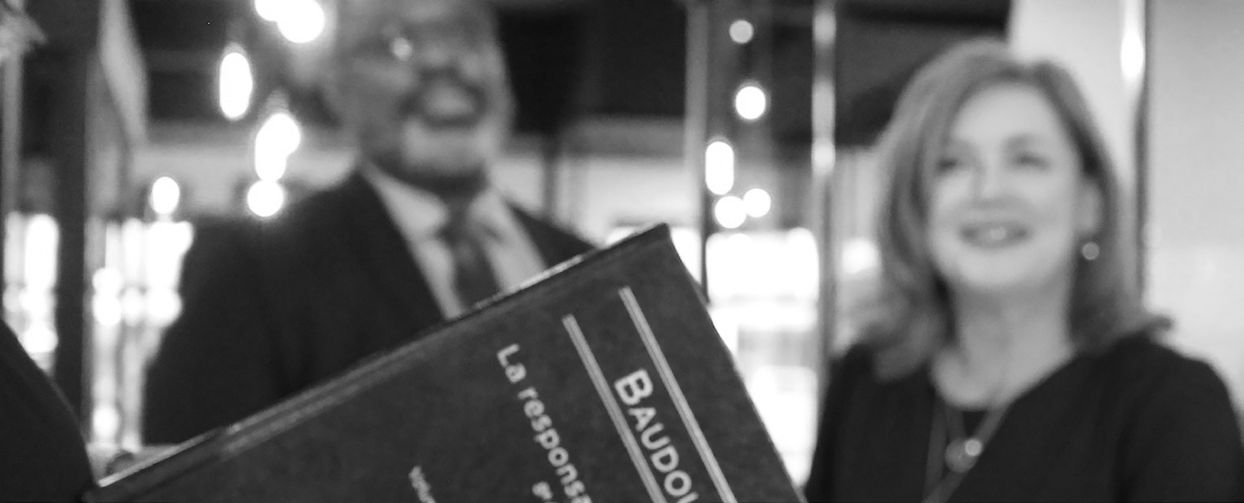

April 1, 2023

DEVELOP NEW PROTOCOLS FOR PREGNANT EMPLOYEES
Since last January, employers in Quebec must better support pregnant women in the workplace. Until 2022, the issuance of a reassignment or preventive withdrawal certificate was left to the discretion of a medical authority (doctor or specialized nurse practitioner). However, the legislator now requires doctors to refer to a protocol (prepared by the National Public Health Directorate) detailing the risk factors related to the employee’s work and that may require reassignment or complete withdrawal before childbirth.
Gisèle, 41, works in a restaurant. Her job requires her to stand for several hours, occasionally lift heavy boxes, and be exposed to viruses carried by customers. Due to her age, her pregnancy is more at risk, but her employer believes she can continue working by lightening her tasks. Formerly, the decision essentially rested with the doctor, based on the working conditions reported by the patient. Not anymore.

Objectification of Standards
“From now on, the employer will have to know and develop a plan establishing the risks associated with each task within his company,” explains lawyer Dani Ann Robichaud. “The government of Quebec wants to standardize eligibility criteria based on the medical-environmental context and create a more objective framework.”
Thus, it goes without saying that the criteria will vary from one environment to another. A pregnant woman working with chemicals in a factory faces a different type of danger than a nurse in a hospital or an office secretary. “The new criteria will not prevent an employer from taking voluntary withdrawal measures more quickly if that is what he desires,” says the lawyer. “Most large companies have already defined the measures to be applied, but this is not always the case in medium and small businesses.”
Who Decides?
It is the Director of Public Health who will establish the general outlines of the protocols for each field; however, employers will have duties to perform: “Each company must assess the dangers of the work environment, whether a pregnant woman is employed or not,” emphasizes Me Robichaud. “At the time of pregnancy, the doctor, after consulting with the DSNP, will have a precise picture of the work environment to request the reassignment or withdrawal of the patient.”
But what happens if the targeted employee moves from her $40-an-hour job to another one paid $20 an hour? “A subsidy program will allow the employer to bridge the salary gap between the two positions. The employee will have no financial impact due to her reassignment. If preventive withdrawal is necessary, the employer will fully bear the cost for the first five days; the next 14 days will be covered at 90% by the employer, who can obtain reimbursement if requested from the state. After this period, CNESST takes over from the employer,” says the jurist.
The doctor’s report is given to the employee and the employer; the latter can appeal the decision if he believes it is incorrect.
Exclusions
By imposing the reform of its policy on the reassignment and preventive withdrawal of pregnant women, the Quebec government has nevertheless recognized that standardizing eligibility criteria does not allow the inclusion of categories of employees who are not entitled. Among these are self-employed workers, Quebec residents working outside Quebec, employers established outside the province, as well as jobs falling under federal jurisdiction. Participants in Canadian and Quebec government programs are also excluded if they are not considered workers under the law (employment or study contract).
ADVISORY BOX
It is desirable that the analysis of the degree of danger in the workplace is clear and available to the Director of Public Health. Your lawyer can assist you in identifying physical risks, working in collaboration with the person responsible for health and safety to develop and implement an appropriate protocol. He/She can visit the workplace to assess high-risk areas. Just like a fire drill, it is important to regularly evaluate different work protocols to update them and not wait until facing a crisis to think about them. A clear communication channel between the lawyer and the employer is the best guarantee of safety that you can provide for yourself and your employees.
WARNING: The information contained in this article, while of a legal nature, does not constitute legal advice. It is recommended to consult with a professional for advice that will address your specific situation.